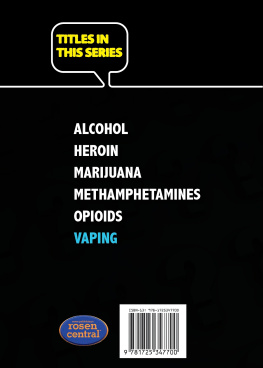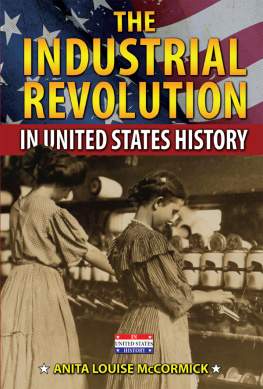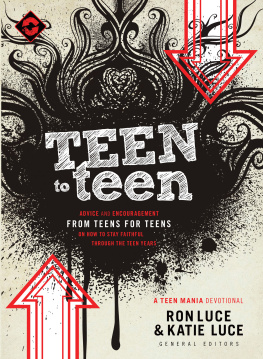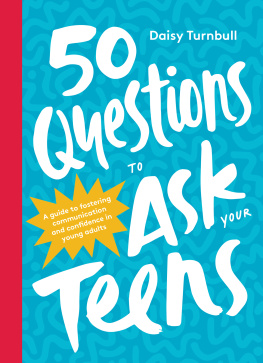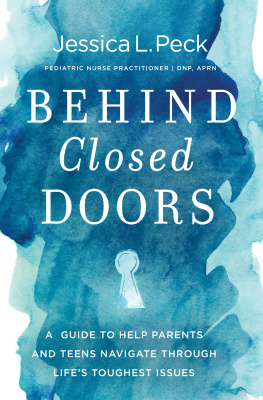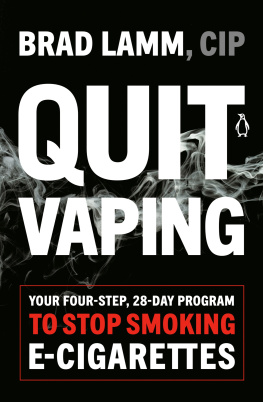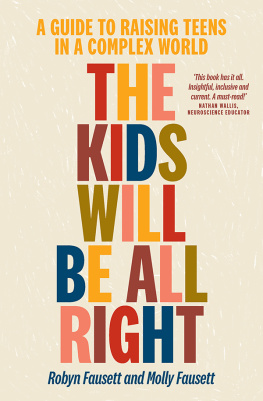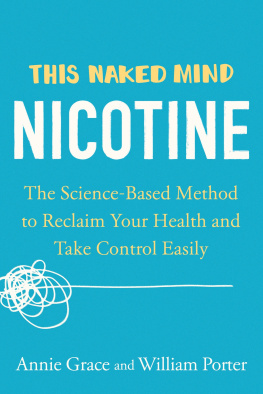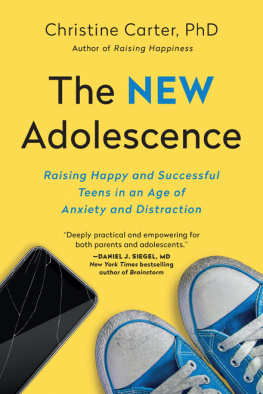
Published in 2020 by The Rosen Publishing Group, Inc.
29 East 21st Street, New York, NY 10010
Copyright 2020 by The Rosen Publishing Group, Inc.
First Edition
All rights reserved. No part of this book may be reproduced in any form without permission in writing from the publisher, except by a reviewer.
Library of Congress Cataloging-in-Publication Data
Names: McCormick, Anita Louise, author.
Title: Vaping / Anita Louise McCormick.
Description: First edition. | New York: Rosen Publishing, 2020. | Series: Facts and fiction about drugs | Includes bibliographical references and index.
Identifiers: LCCN 2019014363| ISBN 9781725347700 (library bound) | ISBN 9781725347694 (pbk.)
Subjects: LCSH: VapingJuvenile literature. | TeenagersTobacco use Juvenile literature.
Classification: LCC HV5748 .M33 2020 | DDC 362.29/6dc23
LC record available at https://lccn.loc.gov/2019014363
Some of the images in this book illustrate individuals who are models.
The depictions do not imply actual situations or events.
Manufactured in the United States of America
CONTENTS
INTRODUCTION
A new drug epidemic is happening in schools.
But this drug epidemic is different. Many teens who become addicted do not even realize they are taking drugs. The epidemic is vaping, and the drug that teens are becoming addicted to is nicotine.
At first, vaping devices, sometimes known as e-cigarettes, were presented as a helpful product. They came on the market as an aid for adult smokers who wanted to quit cigarettes. However, as the popularity of vaping grew, something unexpected happened. Teens who had never smoked decided to try vaping.
When vaping first became popular, many teens asked themselves, Why not vape? After all, many of their friends were vaping. Radio, magazine, and internet ads talked about vaping being a safe alternative to smoking. And vaping products came in so many appealing flavors. Sometimes, teens found themselves at a party or a friends house where different kinds of vaping devices were being passed around. They saw friends doing tricks with vape steam and others applauding.
At first glance, vaping can seem harmless. But is it really?
While vaping is considered somewhat safer than smoking, that does not mean it is safe. Vapers do not inhale tar and other harmful chemicals like smokers, but most of the vaping devices sold in stores contain as much nicotine as cigarettes. And nicotine is extremely addictive.
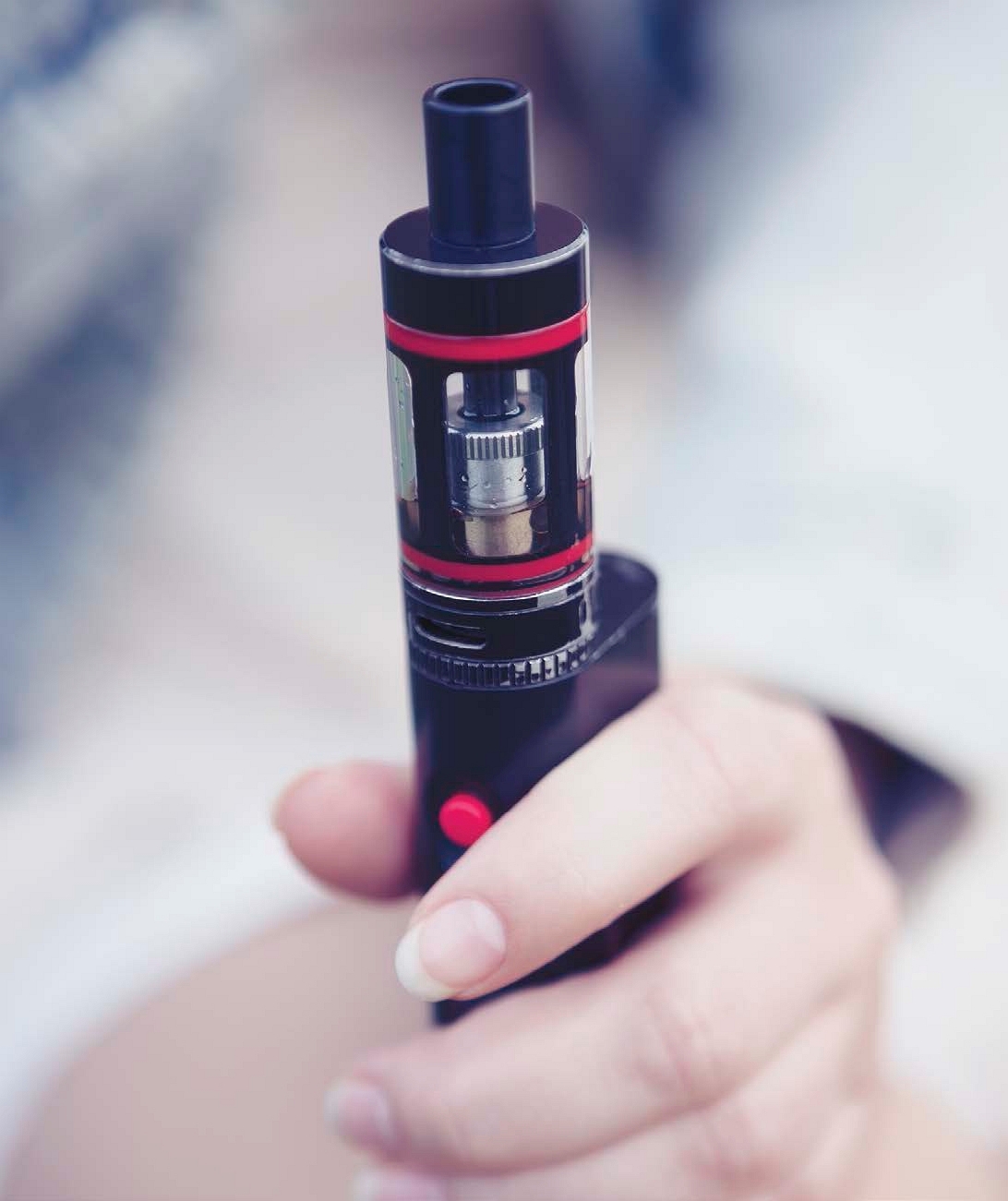
Vaping devices were originally manufactured as a way to help people stop smoking. However, many teens who have never smoked cigarettes also use vaping devices.
By the time teens realize how much nicotine vaping devices contain, they are often addicted.
The popularity of vaping by teens, especially those who do not smoke cigarettes, soon caused concern in the medical community. In December 2018, the US surgeon general made a statement warning that vaping was now an epidemic among teens. More than 3.6 million teens, including one in five high school students and one in twenty middle school students, reported using e-cigarettes in 2018.
CHAPTER ONE
How Vaping Started
I f it was not for addiction to the nicotine in cigarettes, vaping devices would never have been invented. Cigarettes first became popular in the United States in the early twentieth century. Relatively few people smoked cigarettes back then. During World War I and World War II, however, cigarette smoking increased dramatically. This was mostly due to widespread advertising campaigns the tobacco companies ran. The tobacco companies did many things to encourage people to smoke. Their push to promote smoking included radio and newspaper advertising campaigns. Many of the most popular radio programs at the time were sponsored by tobacco companies. Companies that wanted to encourage smoking also gave out free samples of cigarettes to convince people to try them.

Beginning in the 1900s, cigarette companies used advertisements to make cigarettes seem more appealing. After the health effects of smoking became known, governments took steps to restrict advertising.
Tobacco companies were especially interested in targeting people in the military with their marketing campaigns. They sent free packs of cigarettes to soldiers, claiming they were sending cigarettes to help their morale. Tobacco companies also encouraged family and friends to send packs of cigarettes to soldiers as gifts. When soldiers who had taken up smoking in the military returned to civilian life, most continued to smoke.
When cigarette smoking first became popular in the early twentieth century, people had no idea that smoking could cause health problems. They viewed smoking as a harmless pastime. Today, we know that smoking is a very unhealthy thing to do. Medical experts found that smoking can cause lung cancer, heart failure, and other diseases. Many of these diseases are caused by smokers inhaling the chemicals contained in smoke from burning tobacco.
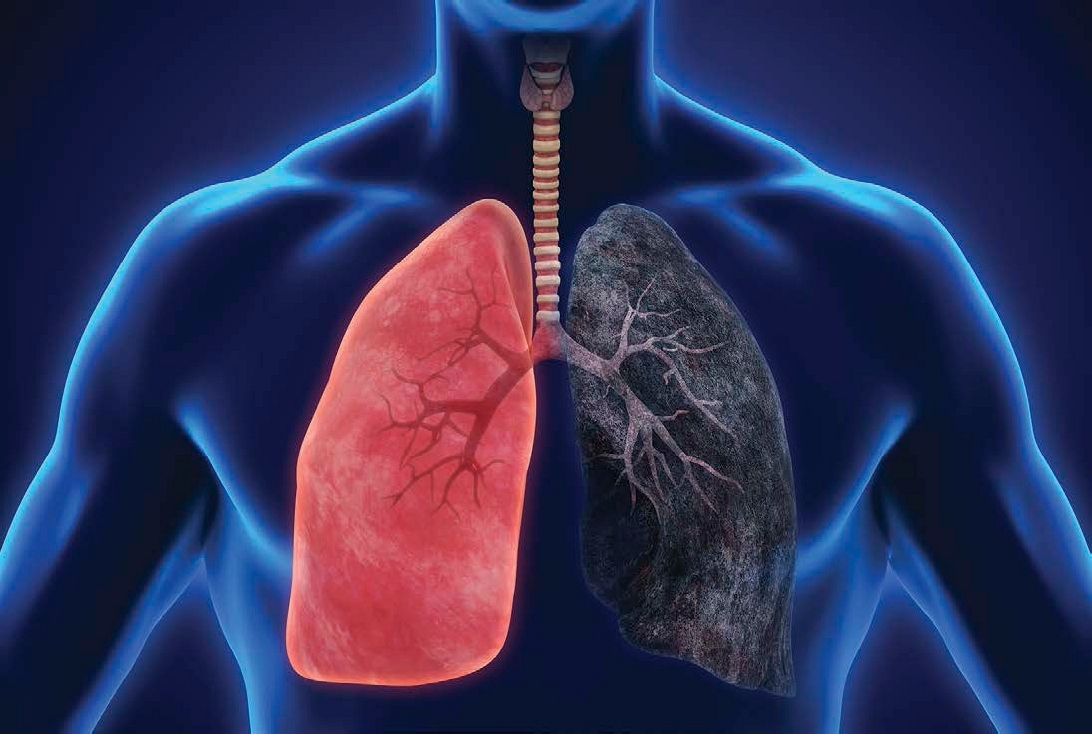
This illustration shows a healthy lung on the left and a diseased lung on the right. Smoking can cause lung cancer, damage to lung tissue, and heart disease.
Health Concerns
By the 1930s, people were starting to realize that smoking was not a healthy activity. At the time, only a few medical studies had been published about health problems caused by cigarettes. But people were starting to wonder if cigarette smoking was safe. Some people who smoked cigarettes noticed that smoking made them cough. Others noticed that smoking made it hard to breathe. Yet when smokers tried to stop, they soon realized they were addicted. The chemical they were addicted to was nicotine. Nicotine is in all tobacco products.
A HISTORY OF VAPING
While vaping is often seen as a modern invention, it actually has a long history. From the time that people began to have health concerns about smoking, inventors have looked for ways to make a smoke-free device that provided nicotine without the health dangers of inhaling smoke.
1930: The first patent for an electronic cigarette is issued to an inventor named Joseph Robinson. However, the device was never manufactured.
1963: A young war veteran named Herbert Gilbert patents an idea for manufacturing an e-cigarette, a device that produces vapor by heating instead of burning tobacco. However, the device was never put on the market.
19641999: From the 1960s to the end of the century, tobacco companies occasionally consider the idea of manufacturing devices that deliver nicotine without burning tobacco. A few designs were put on the market, but they did not sell well.
1981: Dr. Norman L. Jacobson first uses the term vaping to describe electronic cigarettes. Dr. Jacobson had participated in experimental trials and the production of early vaping devices in the late 1970s.
2004: A Chinese pharmacist, Hon Lik, invents a device that uses electricity to heat a nicotine solution and turn it into a vapor. He files for a patent and puts his product on the market in China. He names his company Ruyan, which means resembling smoking.
20052006: In 2005, Ruyan begins exporting e-cigarettes to Europe. Ruyan begins exporting to the United States in 2006.
Next page
